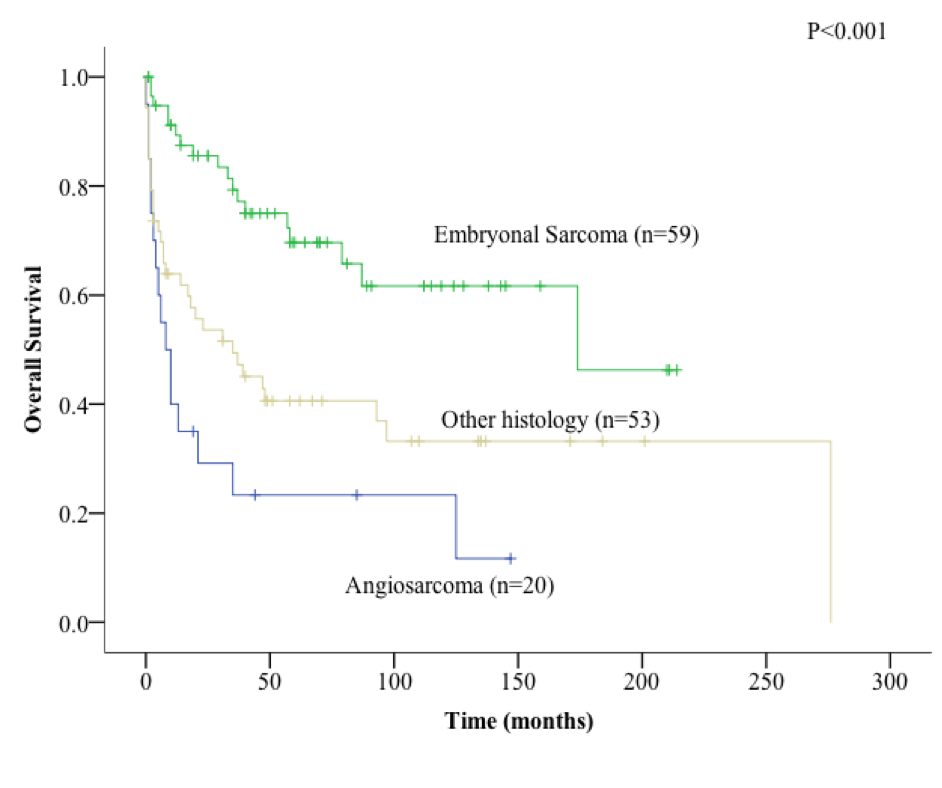T. B. Tran1, J. N. Leal1, M. M. Dua1, G. A. Poultsides1, J. A. Norton1, B. C. Visser1 1Stanford University,Surgery,Stanford, CA, USA
Introduction: Primary liver sarcomas are extremely rare malignancies. Clinical outcomes after operative intervention and prognostic factors associated with long-term survival remain poorly understood.
Methods: We queried the Surveillance, Epidemiology, and End Results database (SEER) to identify patients with malignant sarcoma of the liver from 1988 to 2012. Demographic factors, tumor characteristics, resection status, and long-term survival were evaluated. Multivariate Cox regression analysis was performed to determine predictors of survival.
Results: A total of 734 patients with primary malignant sarcoma of the liver were identified. The median age of diagnosis was 58 years and the majority of patients were men (54.8%). The median tumor size was 10cm. Based on SEER clinical stage, the patients were evenly distributed by extent of disease (localized disease 29%, regional disease 25%, and distant disease 34%, unstaged 11.6%).). Only 30% of patients in the cohort underwent surgery. The overall 5-year survival rates based on the SEER clinical stage were 40.2% for localized disease, 23.3% for regional disease, and 12.7% for distant disease; p<0.001. Among patients who underwent surgical resection, patients with embryonal sarcoma had better 5-year survival compared with angiosarcoma and other miscellaneous histologic subtypes (70% vs 23.3% vs. 40.6%, respectively; p<0.001, Figure 1). Survival was modestly better for low grade vs. high grade tumors, but did not reach statistical significance (5 year: 68.2% vs 47.9%; p=0.244). Tumor size did not influence prognosis (e.g., <10 cm vs >10 cm: 54.2% vs. 57.1%; p=0.973). While transplantation was uncommon (20 cases in entire cohort) survival seemed to be poorer than after resection (even for tumors less than 5 cm, 5 year survival 42.9%, vs 63.9%, respectively, p=0.317). On multivariate analysis, surgery and female sex were associated with improved survival, while older age, advanced stage, and angiosarcoma histology were the strongest independent predictors of poor survival.
Conclusion:
This is the largest US series of primary malignant sarcoma of the liver analyzed to date. Histologic subtype, more so than tumor size or differentiation, is the dominant factor determining outcomes.. Complete resection is associated with the longest survival.
